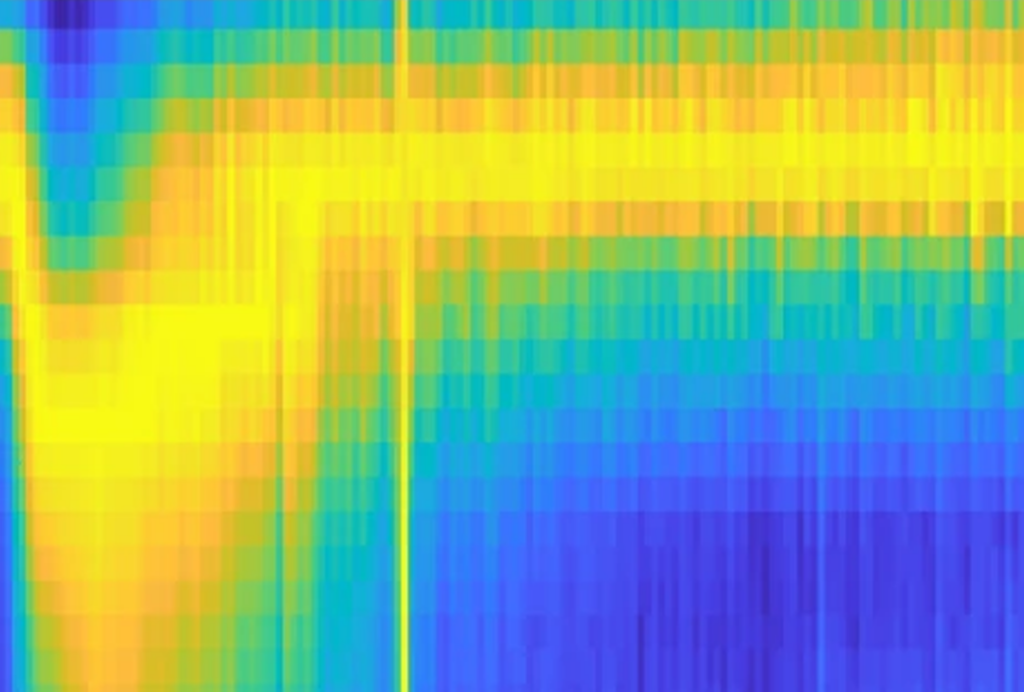Cognition and behavior: Sensory subtypes divide autism cases
Children with autism can be classified into one of four groups based on how they respond to stimuli such as taste, sound and even the orientations of their bodies in space, according to a study published 17 March in Autism Research.
Children with autism can be classified into one of four groups based on how they respond to stimuli such as taste, sound and even the orientations of their bodies in space, according to a study published 17 March in Autism Research1.
The categories may help researchers understand the neural underpinnings of sensory differences common in children with autism, as well as the therapies useful for treating each group.
Clinicians collected data on 228 children between the ages 2 and 10 years while diagnosing them with autism.The children’s caregivers filled out the Short Sensory Profile, a 38-item survey that asks questions such as whether a child “avoids certain tastes or food smells,” “tires easily, especially when standing or holding a particular body position,” or “doesn’t seem to notice when face or hands are messy.”
Using an algorithm designed to detect clustering of traits, the researchers divided the children into broad groups based on the severity and types of their sensory symptoms.
The largest group, making up 40 percent of the children studied, shows acute sensitivity to taste and smell. A second group, comprising 10 percent of the children, has extremely low energy and difficulty maintaining an upright posture.Both of these groups have moderate trouble filtering sounds from noisy environments and seek sensation by touching objects or people and making noise. A third group, making up 12 percent of the children, shows all of these traits.
Surprisingly, the remaining 38 percent of children do not show clinically significant sensory differences.Previous work had suggested that up to 92 percent of children with autism show atypical sensory processing2.
The researchers speculate that two main mechanisms underlie the sensory subtypes. The children with acute taste and smell sensitivity may have overactive nervous symptoms, giving their perceptions a heightened intensity.The children who struggle with posture and energy may have difficulty integrating information fromproprioception — the body’s feedback to the brain about its position and movements — and from their vestibular systems, which help with balance.
The researchers plan to use electroencephalography — a noninvasive technique that detects electrical activity in the brain — to determine how children of different subtypes respond to stimuli such as sounds and vibrations.
References:
1. Lane A.E. et al. Autism Res. Epub ahead of print (2014) PubMed
2. Tomchek S.D. and W. Dunn Am. J. Occup. Ther.61, 190-200 (2007) PubMed
Recommended reading

Among brain changes studied in autism, spotlight shifts to subcortex
Home makeover helps rats better express themselves: Q&A with Raven Hickson and Peter Kind
Explore more from The Transmitter

Dispute erupts over universal cortical brain-wave claim
Waves of calcium activity dictate eye structure in flies

